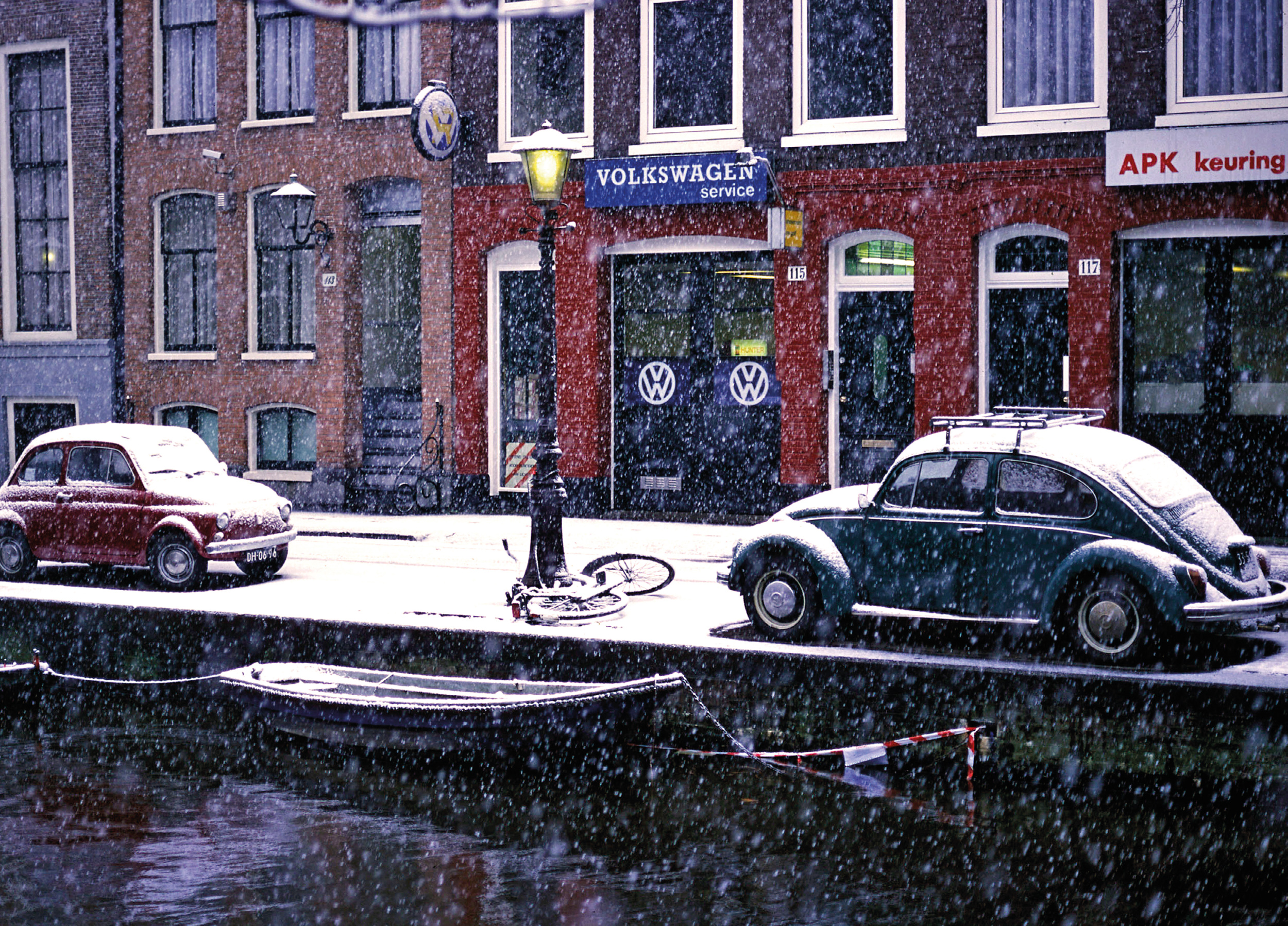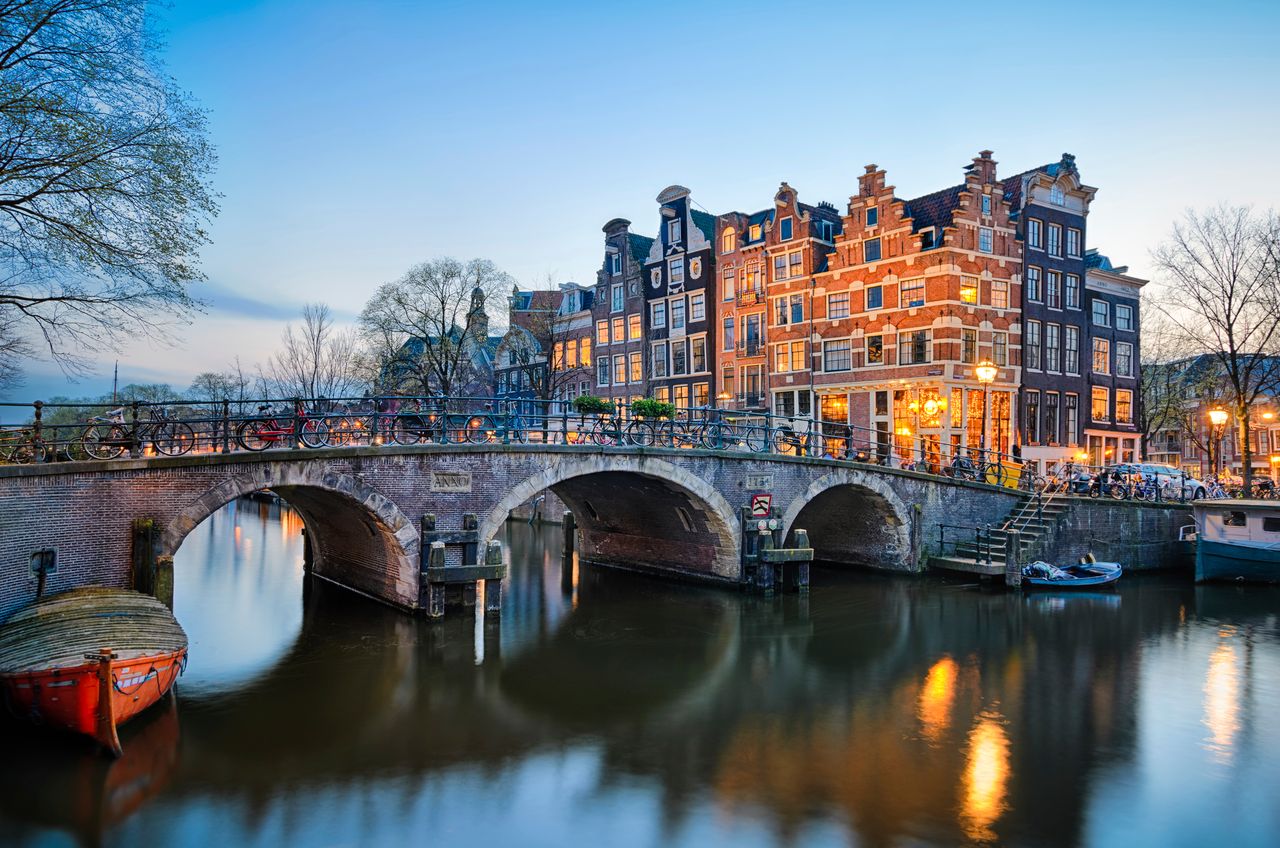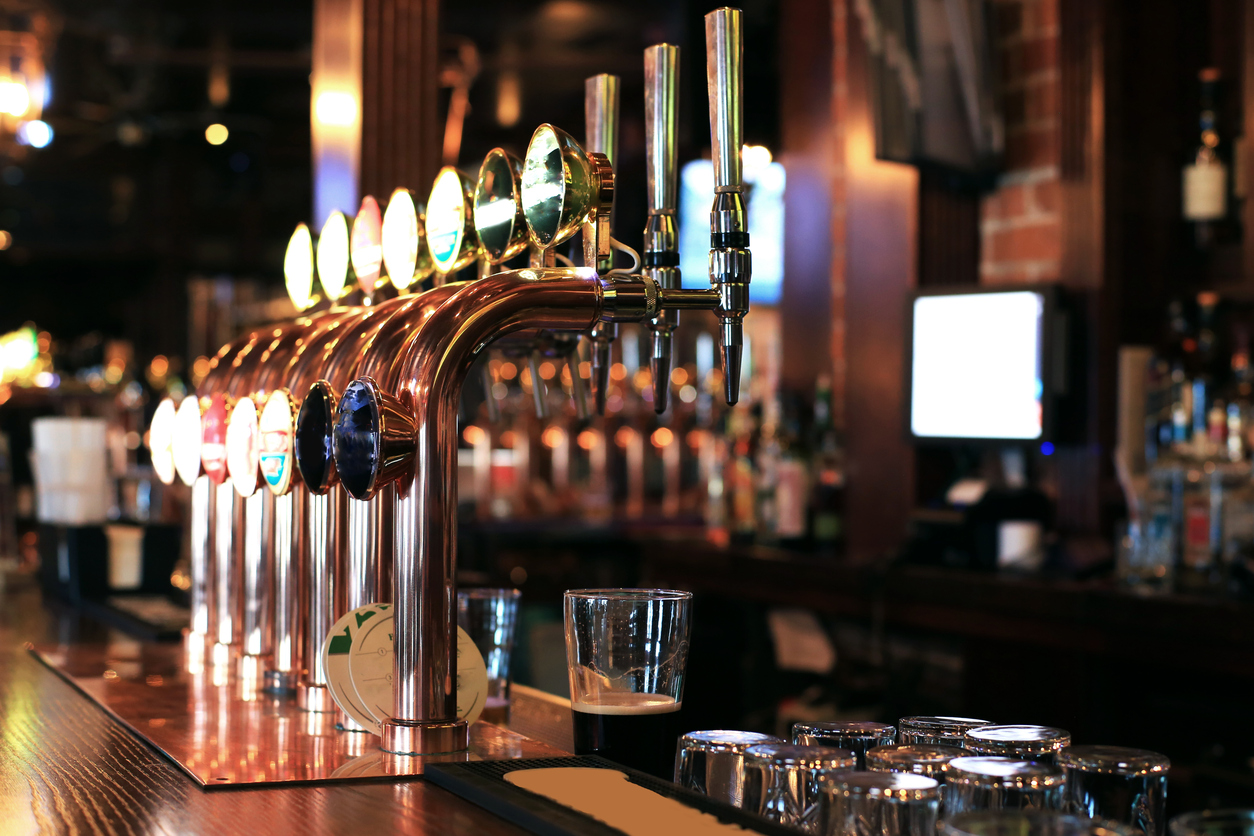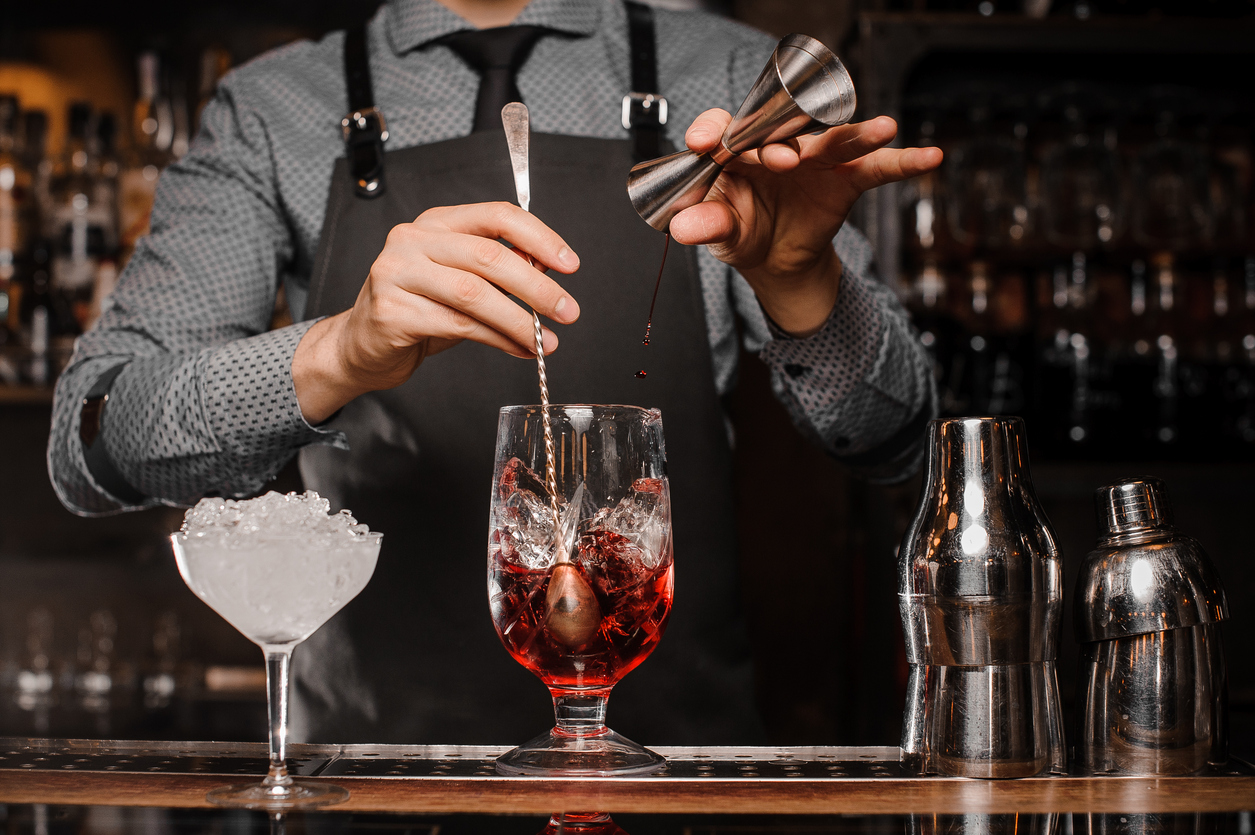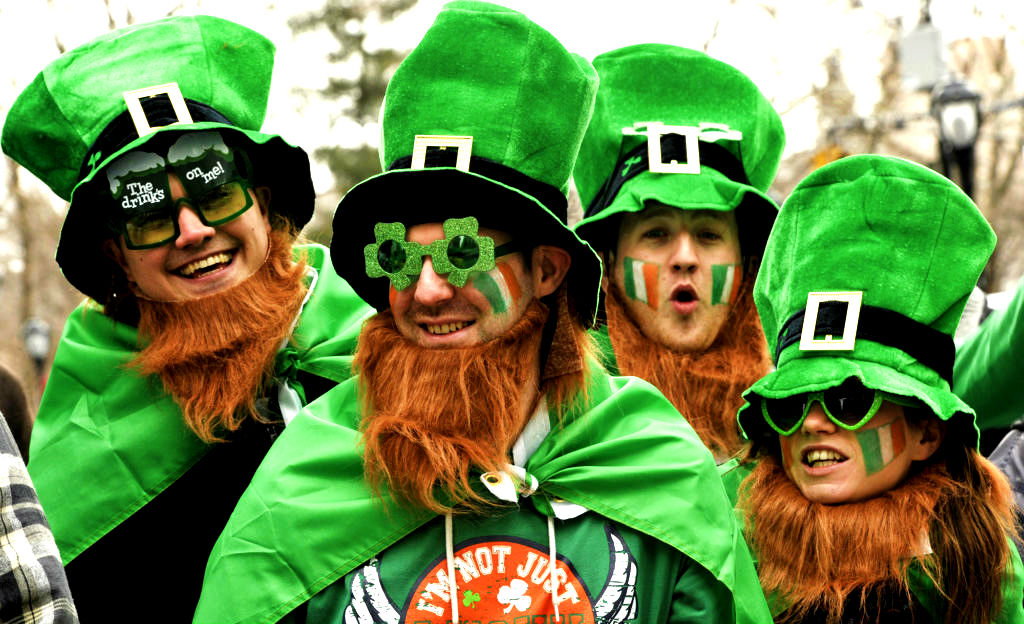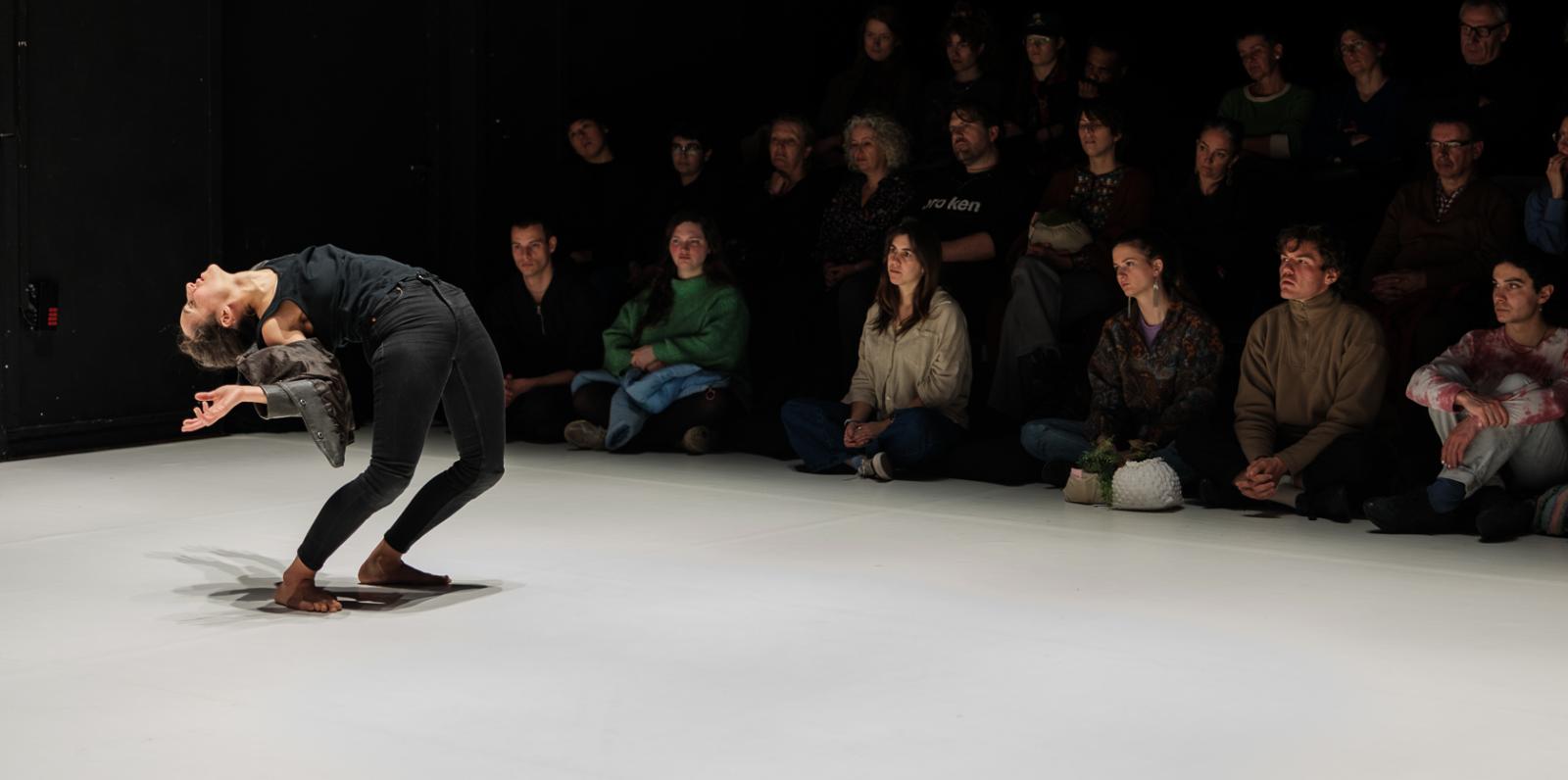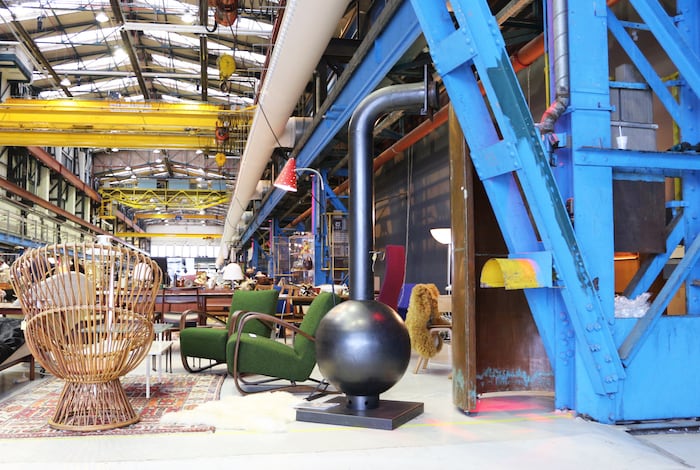The Jordaan: where history meets conviviality
The shops you find on the Haarlemmerstraat/dijk vary from specialized, small fashion boutiques to all kinds of independent little stores. There are also classy beauty-salons and very affordable bars and restaurants. The never-ending stream of pedestrians you’ll encounter will also make your day fun and entertaining.
After wandering around at Haarlemmerstraat/Dijk, you should move on towards ‘the Jordaan’ by way of one of the most beautiful canals you could imagine: Brouwersgracht (Brewers canal). Brouwersgracht is on the northern border of the Grachtengordel (canal ring) and construction began here in 1614.
The canal gets its name from the many breweries established here in the 17th and 18th centuries, most of which have been converted into trendy warehouse-apartments.
The Jordaan was built during the large expansion in 1612, located in the west of the Grachtengordel (Canal Belt). The street pattern was based on old ditches and paths, which is why it differs entirely from the rest of the old city center. Built in the first half of the 17th century for the working-class and immigrants, the Jordaan is now one of the most expensive, upscale locations in the Netherlands.
Many of the neighborhood’s original working-class residents moved out of the city to more affordable locations, mainly to Almere and Purmerend.
The Jordaan is made up of two parts: north and south Jordaan, which are separated by Rozengracht. The section to the north, particularly above Westerstraat, is a maze of alleys, quiet restaurants and thriving (mostly modern) art galleries, and it retains much of its working-class roots. The section below Rozengracht is more gentrified with shops on lovely side streets adjacent to the larger canals, markets and numerous ‘brown cafés’.
TIP: When you are in the Jordaan, don’t forget to visit Bloemgracht, one of the most beautiful canals in Amsterdam. Take a stroll through the many narrow streets and alleys and if you’re there on a Monday, you should go check out the Noordermarkt (Northern Market).
Did you know…?
There are several theories as to why this neighborhood is called “the Jordaan”. One explanation of its name is that French immigrants might have called the district jardin (garden), because most of the streets are named after trees and flowers. Others say that the name has been inspired by the river Jordaan, the well-known waterway in the holy land.
Did you know…?
Many houses in the Jordaan have a stone tablet on their facade displaying the profession or family sign of the inhabitants. For example, a butcher’s house shows a pig, a fishmonger shows a lobster, a shoemaker’s house shows shoes, and a tailor shows a pair of scissors. Rembrandt spent the last years of his life in the Jordaan on the Rozengracht canal.
Did you know…?
The Jordaan has had a lively music scene throughout the 20th century and it is known for its lively nightlife with many bars, cafés and restaurants. Several of the most popular Dutch musicians have a statue at the corner of Prinsengracht and The Jordaan has had a lively music scene throughout the 20th century and it is known for its lively nightlife with many bars, cafés and restaurants. Several of the most popular Dutch musicians have a statue at the corner of Prinsengracht Elandsgracht.
No other Dutch neighborhood is sung about as much as “the Jordaan”. One can join in the sing-a-longs that still occur in such traditional bars as café Nol.

